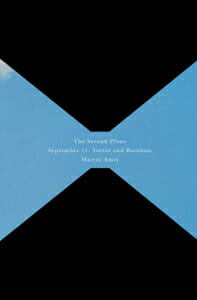Martin Amis

A remembrance of things blasted
In the earliest days of our new epoch, as the shock of September 11 subsided, two orders of thought emerged regarding the disaster site itself: whether to preserve it or rebuild it. The first offered contemplation; the second, commerce and promise.
In his new collection of essays and short stories, Martin Amis submits a literary model for the first way of thinking. The Second Plane is a coughing, staggering walk through the rubble of that day and what followed; Amis took the same path we all did, but he viewed the common experience with uncommon eyes, and took good notes. The question, then, is why: Why stroll through that smoking, stinking crater in our lives?
-

-

-

-

-

-

-

-

-

-

-

-

-

-

-

-

-

-

-

-

-

-

-

-

-

-

-

-

-

-

-

-

-

-

-

-

-

-

-

-








































